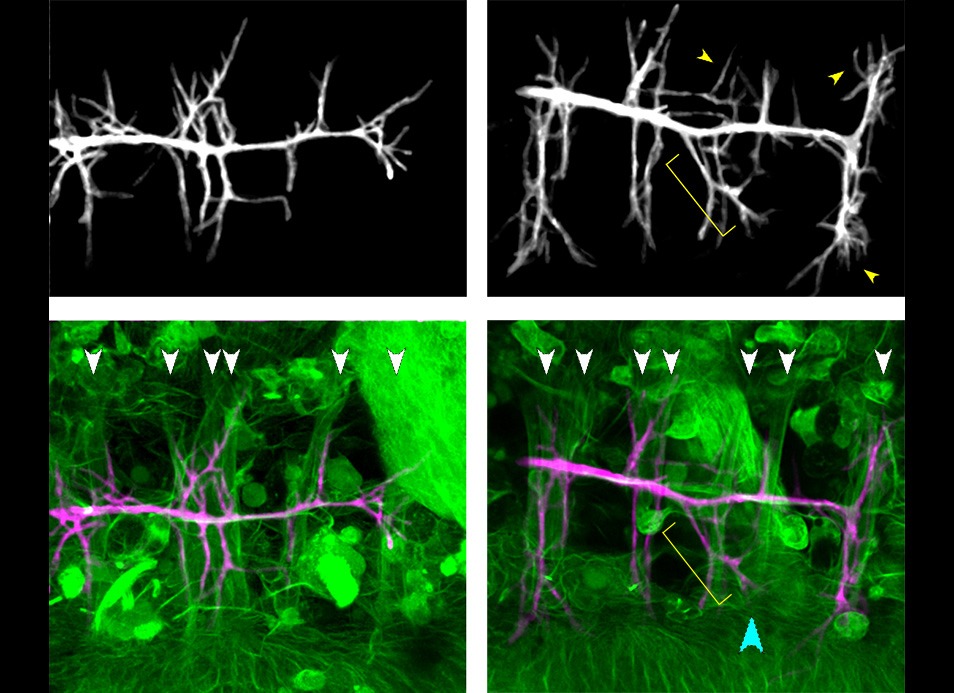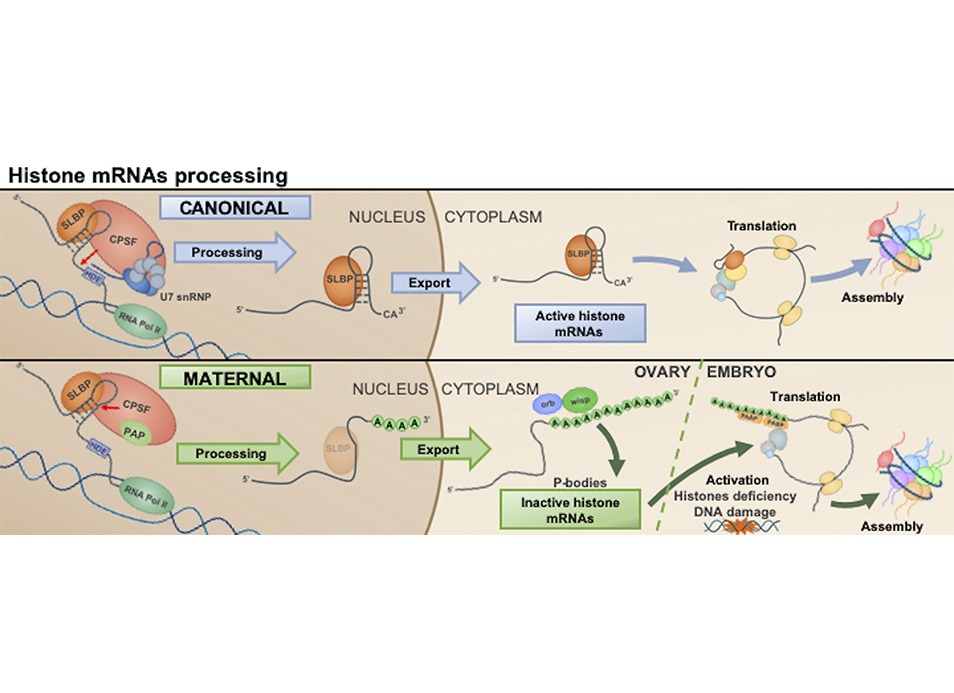During neuronal development, microtubule reorganization shapes axons and dendrites, establishing the framework for efficient nervous…
A transient contractile seam promotes epithelial sealing and sequential assembly of body segments
In embryos, epithelial sealing proceeds with progressive zipping eventually leading to a scar-free epithelium and ensuring the assembly of body segments in insects and neural tube in mammals. How zipping is mechanically controlled to promote tissue fusion on long distances, remains unclear. Combining physical modeling with genetic and mechanical perturbations, we reveal the existence of a transient contractile seam that generates forces to reduce the zipping angle by force balance, consequently promoting epidermal sealing during Drosophila embryogenesis. The seam is formed by the adhesion of two tissues, the epidermis and amnioserosa, and is stabilized by the tensions generated by the segment boundaries. Once a segment is zipped, the seam disassembles concurrently with the inactivation of the Jun kinase pathway. Thus, we show that epithelial sealing is promoted by a transient actomyosin contractile seam allowing sequential segment assembly.
Reference:
A transient contractile seam promotes epithelial sealing and sequential assembly of body segments
Amélie L. Godeau, Miquel Marin-Riera, Elise Trubuil, Svana Rogalla, Guillermo Bengoetxea, Lenka Backová, Thomas Pujol, Julien Colombelli, James Sharpe, Enrique Martin-Blanco & Jérôme Solon
Nat Commun 16, 4010 (2025). https://doi.org/10.1038/




